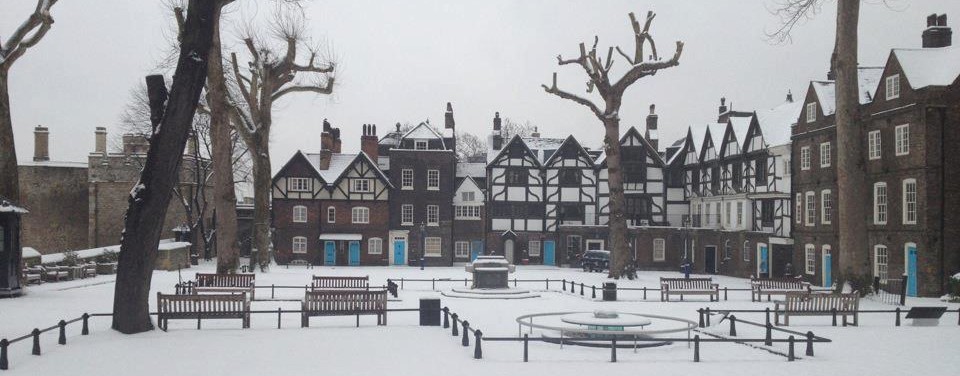This question is quite difficult to answer, I can only assume that Yeoman Warders were paid some form of retainer for the time worked, the remainder being made up of perquisites or as we know it today by the modern term ‘tips’. All perquisites were accounted for by two Yeoman Warders acting as accountants. They paid out for candles, pens, ink, paper, the cleaning of uniforms and the changing of bed linen as well as coal and other luxuries. At the end of the year, what was left was divided up amongst the Yeoman Warders this would have also included any Christmas presents given by rich prisoners and the officers of the Tower shown as ‘Box Money’.
As we move into the 19th century the question becomes easier to answer, visitors came regularly to the Tower of London. They would have been well-to-do, certainly middle to upper class this assumption based on the fact that it was expensive to visit the tower during this period. Ambassadors and foreign dignitaries always left a present of cash for the Warders, usually in the region of £10.
It cost 1 shilling to see the Royal Menagerie in 1806, this being considered the prime ‘curiosity’ of the Tower, the remainder being incidental to the visit. By 1837, visitors were paying 2 shillings to see the Armouries. Of this 2 shillings, 1 shilling went to the Yeoman Warder who conducted the guided tour around the White Tower for groups of up to 12 visitors.
This was obviously very lucrative, 12 shillings gained for giving a 1 hour tour. At the time, only 100 visitors would be allowed inside the walls at any one time. If the visitors wanted to see the Crown Jewels and Regalia, it cost a further shilling, with another 1 shilling to visit the Bloody Tower
or the Beauchamp Tower.
Duty rosters called for 12 Yeoman Warders on duty in the White Tower with as many as 20 on high days and holidays; the remainder would have reported for duty but apart from manning the gates, the rest would have been sent home. Those that worked were paid 5 shillings and eight pence for the day.
At this time only 26 Yeoman Warders lived inside the Tower. They obviously had other employment as one Yeoman Warder applied to the Duke of Wellington for the tenancy of one of the pubs, ‘The Stone Kitchen’ , which was inside the Tower.
In 1838, the price of admission went down to 1 shilling causing a great deal of hardship to the Yeoman Warders and by 1839 it had come down to sixpence. The rule of only 100 visitors inside at any one time was dropped and by 1840, some 95,000 visitors had come through the gates. Not bad compared to 10,200 in 1837. In the year of the Great Exhibition in 1841, some 250,000 visitors came to the Tower.
It would still have been an extra cost to see the Crown Jewels and Regalia and the Bloody and Beauchamp Towers but, judging by the numbers visitors obviously thought it all worth it. Yeoman Warders were expected to then work six days a week as a result of the increase.

Leave a reply to Yeoman Warder pay in the 18th Century